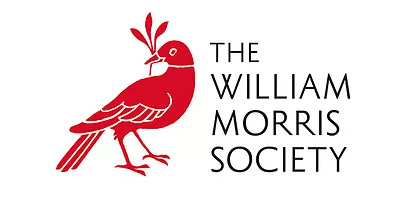Morris ‘did not think the day complete without a sight’ of Walker

William Morris
Wallpaper? Strawberry Thief? Your favourite top? William Morris designed and produced glorious textiles, prints inspired by nature. He was also a poet, artist, philosopher, author, translator, typographer and political theorist.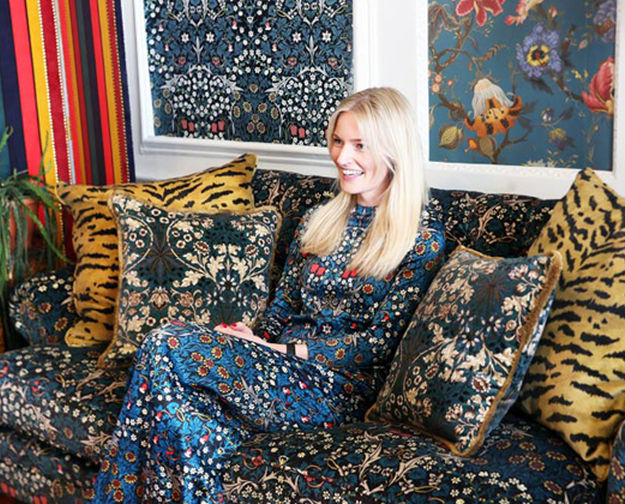
In fact...
In his lifetime Morris was actually best known for his poetry, and came close to being England's Poet Laureate. It is his prints that are most famous today and can still be seen on walls around the world and in designs ranging from clothing to furniture. Madonna and Kate Moss were recently snapped with Morris & Co wallpaper at Mark's Club, Mayfair and the recent House of Hackney collection features his designs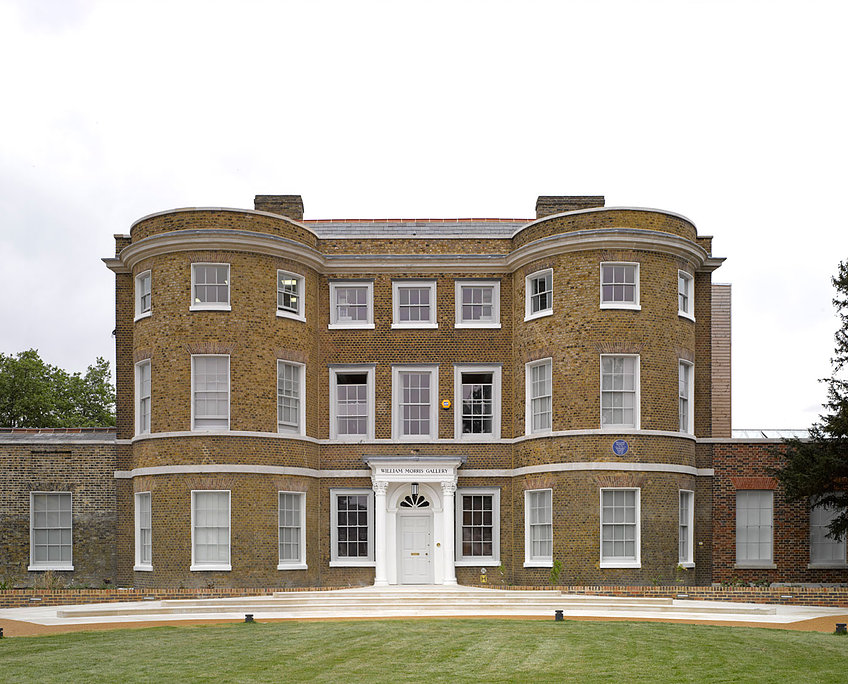
Early years
Born on 24 March 1834 at Elm House, Walthamstow, Morris enjoyed an idyllic childhood and was interested in nature, wildlife and storytelling from a young age. In 1848 the family moved to Water House, now home to the William Morris Gallery in Walthamstow. Morris trained as an architect, later developing close friendships with Pre-Raphaelite artists Dante Gabriel Rossetti and Edward Burne-Jones.Morris, Marshall, Faulkner & Co
In 1861 Morris co-founded the firm “Morris, Marshall, Faulkner & Co”. These like-minded artists were soon in high demand and were influencing interior design throughout Victorian society, designing tapestries, wallpaper, fabrics, furniture, and stained glass windows. Morris and his family moved to Kelmscott House, Hammersmith in 1878, just after he had founded the Society for the Protection of Ancient Buildings.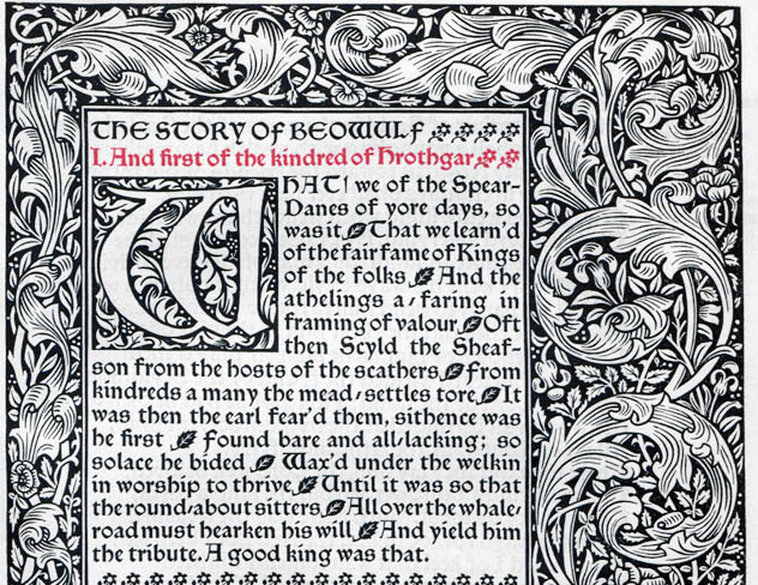
Politics & Publishing
In the 1880s he became a committed revolutionary social activist and joined the Democratic Federation (later the Social Democratic Federation (S.D.F). By December 1884 he had set up the Socialist League, and Kelmscott House became the group’s meeting place. Morris left the Socialist League in 1890 but continued to work in the Hammersmith Socialist Society. In 1891 he was inspired by his friend, Emery Walker, to found the Kelmscott Press and publish limited-edition illustrated books, an activity he pursued until his death in 1896.
Discover more about William Morris

Emery Walker
Perhaps the lesser-known of the two men, Emery Walker was a leading figure in the Arts & Crafts movement in Britain, The Art Workers' Guild and The Society for the Protection of Ancient Buildings. Spending most of his working life in the printing industry. Emery Walker was born in Paddington on the 2nd April 1851, moving to Hammersmith in 1858. In 1873 Walker began working for a printer and later set up a book illustration engraving company with Walker Boutall, 'Walker and Boutall Automatic and Photographic Engravers'. The firm developed a highly influential technique of engraving for illustrating books with photographs and artworks.
Hammersmith Terrace
In 1877 Walker married Mary Grace Jones and in 1878 they had a daughter, Dorothy Walker. The family moved to No 3 Hammersmith Terrace and in 1903 to 7 Hammersmith Terrace. At first, the two didn’t meet, but the Morris family observed Walker and his family, calling him the ‘brown velveteen artist’ who sometimes flitted by ‘leading by the hand a pretty little maid in white muslin.’ Morris also spotted Walker on the train reading one of Morris’s own works, the Earthly Paradise.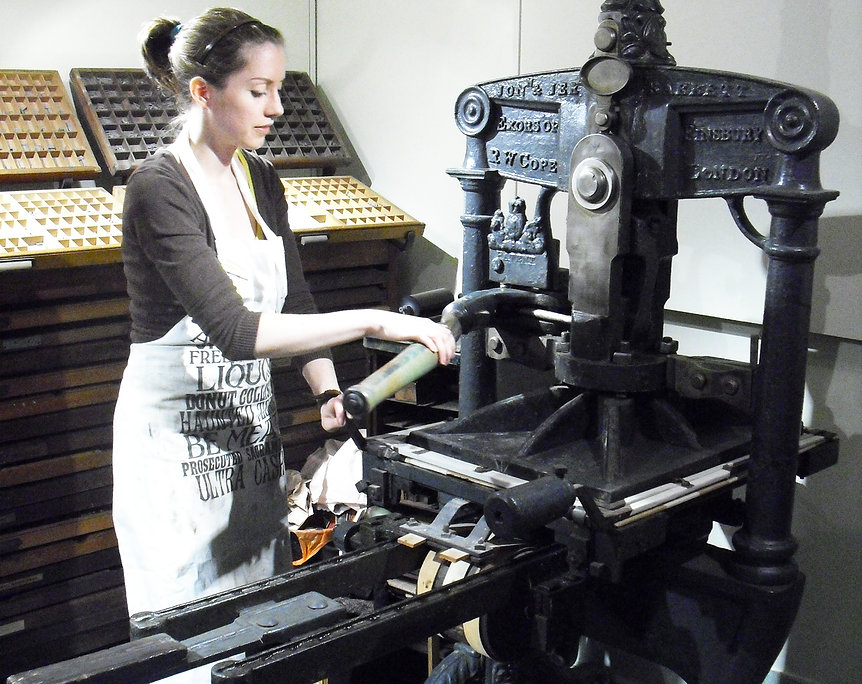
Walker and Morris
Emery Walker finally met William Morris through the Socialist Movement. Their shared passions for books, architecture and design cemented a close friendship. It was a lecture given by Walker which gave Morris the idea for his famous Kelmscott Press. Walker became friends with many of the members of the Arts & Crafts Movement, but his greatest influence was on the people who took forward the Private Press Movement.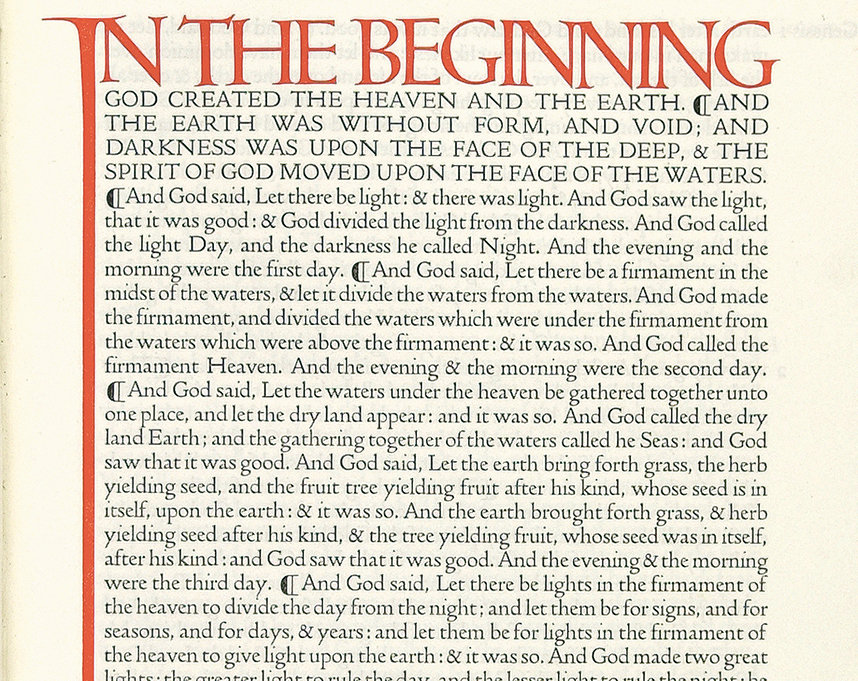
The Doves Press
In 1900 he set up his own press, the Doves Press, with a friend, the bookbinder and fellow member of the Morris circle, T J Cobden-Sanderson. The Doves type stemmed from the Kelmscott Golden type, and the layout of the books were very much based on principles Walker had developed through his research. Emery Walker played a major role in many Arts & Crafts organisations, something that can be seen everywhere in his home at 7 Hammersmith Terrace because of the preservation of so many of Walker’s possessions.
Discover more about Emery Walker





